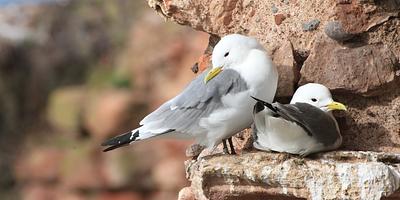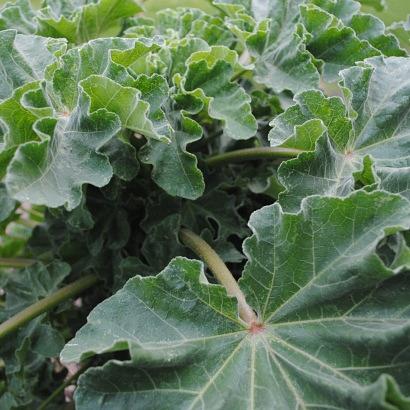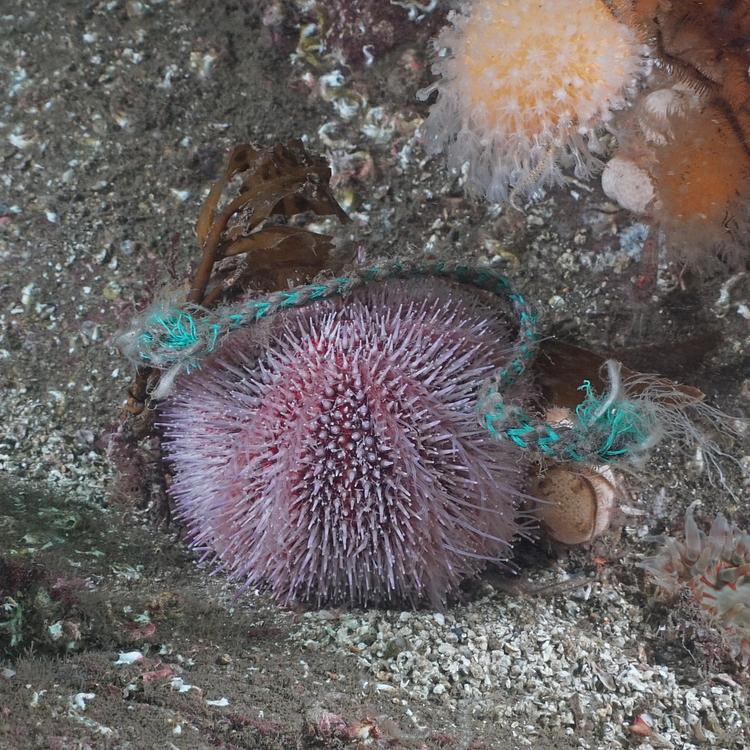.jpg)
Climate Change
The over-riding threat to our marine environment is the risk posed by climate change. The Intergovernmental Panel on Climate Change (IPCC) reports that global warming is likely to reach 1.5°C between 2030 and 2052 if it continues to increase at the current rate.




_(1).jpg)